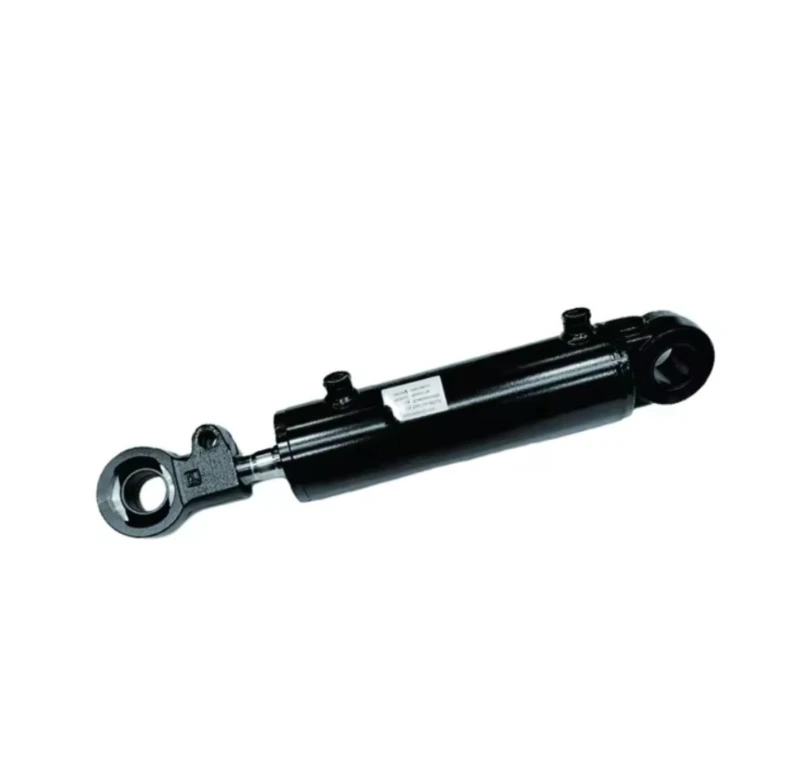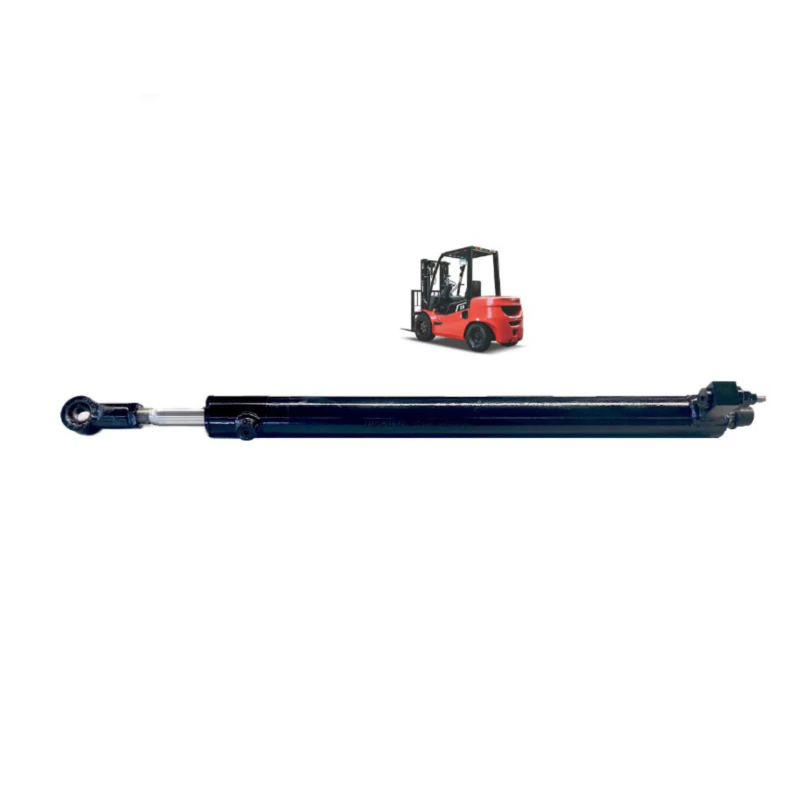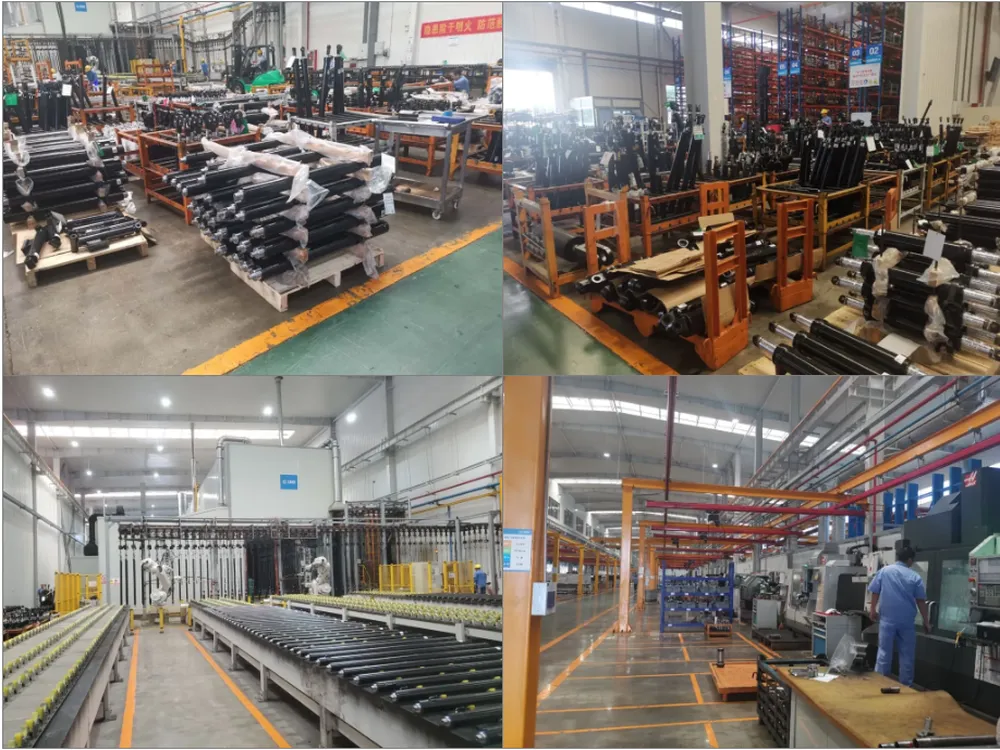Tilt Cylinder for Cost-Effective Construction Solutions

Introduction
Tilt cylinder is a crucial hydraulic component in the construction industry, enabling machines to tilt and angle heavy loads. This technology has been in use for several years, and its popularity has increased in recent times due to its effectiveness in reducing construction costs. This blog aims to explore tilt cylinder's applications, working principle, selection criteria, and installation procedures. We will also introduce our company's tilt cylinder products and highlight how we have become a reputable hydraulic cylinder manufacturer in the market.
Applications
Tilt cylinders are useful in various construction applications, including excavators, bulldozers, graders, and loaders. With their ability to tilt the equipment's bucket, these cylinders enable operators to complete tasks with ease, including digging trenches, grading surfaces, and loading materials. Additionally, tilt cylinders are ideal for construction projects in confined spaces such as urban areas where equipment maneuverability is essential.

Working Principle
Tilt cylinder technology works by using hydraulic pressure to move a piston and rod assembly in and out of a hollow cylinder. When fluid is pumped into one of the cylinder's chambers, it forces the piston and rod to move in the opposite direction, tilting the equipment's bucket. The hydraulic system's directional control valve regulates the flow of fluid to the cylinder, controlling the tilt's speed and angle. Tilt cylinder systems also feature safety valves and cushioning mechanisms to prevent equipment damage or operator injury.
Selection Criteria
When selecting a tilt cylinder for construction applications, several factors must be considered, including:
- Equipment size and weight to determine the cylinder's size and lift capacity.
- Environmental factors such as temperature, humidity, and dust levels that may affect the cylinder's performance.
- Cylinder material and coating to ensure durability and resistance to corrosion and wear.
- Installation space and compatibility with the equipment's hydraulic system.
- Budget constraints and maintenance requirements to ensure cost-effectiveness.

Installation Procedures
Tilt cylinder installation requires professionals' expertise to ensure proper fitting and alignment with other hydraulic components. The first step is to remove the equipment's existing bucket cylinder and replace it with the tilt cylinder. Next, the tilt cylinder must be connected to the directional control valve and hydraulic pump. The hydraulic hoses must be securely attached and free from any kinks or twists that may interfere with fluid flow. Before testing the tilt cylinder's performance, the hydraulic system must be bled of any air to avoid equipment damage or operator injury.
Our Company and Products
We are a hydraulic cylinder manufacturer specializing in research, development, production, and sales. Our fifteen years of experience in designing, manufacturing, and selling tilt cylinders have earned us a reputation as a reliable and competitive supplier globally. We offer a range of hydraulic cylinders, including tilt, boom, forklift tilt, steering, small hydraulic, and piston cylinders, that are widely used in construction, agriculture, mining, aerospace, automotive, shipping, and material handling industries. Our products adhere to strict quality control standards to provide customers with high-quality, efficient, and stable production results.

Conclusion
In conclusion, tilt cylinders are essential hydraulic components that enable cost-effective construction solutions in various applications. Their working principle, selection criteria, and installation procedures must be considered to ensure maximum performance and safety. Our company's tilt cylinder products are designed and manufactured to meet the highest standards of quality, efficiency, and durability. With our advanced manufacturing equipment, professional technical personnel, and standardized production management, we continue to be a leading supplier of hydraulic cylinders globally.
Edited by Czh.